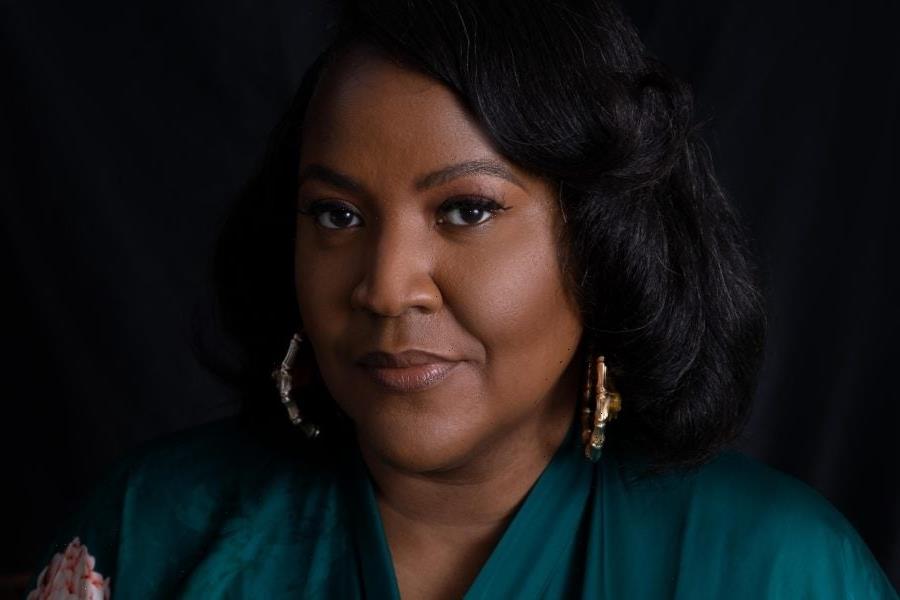In a Philadelphia neighborhood, the simple presence of street lighting, painted sidewalks, public transportation, and parks was associated with at least 76 percent decreased odds of a homicide. This striking statistic is based on an observational study published by the National Library of Medicine on the neighborhood features associated with adolescent homicide. This is what true public safety looks like — making investments in communities to create a world where the criminal legal system operates in a fair, just, and equitable manner.
Our communities have witnessed too many officials continue to implement a police-only approach to our safety – these solutions alone do not work and have proven to cause more harm to our safety and overall well-being. Elected officials finally need to debunk this failed approach and advance real solutions to creating healthy, thriving, and safe communities.
Responding with community-centered alternatives to policing is not hard to imagine. In fact, communities across the country have been redefining what safety looks like for years. In Oakland, community members have created models that give people in mental health crises the services and resources they need from mental health experts. After the murder of George Floyd, in Minneapolis, the movement to decrease police funding and prioritize social services over police response has only grown.
Our most unsafe places reflect decades of systemic disinvestment and a hostile police presence that targets residents rather than protect them.
In New York City, some nonprofits have used additional funds from the city’s alternative-to-policing program to hire former “gang” members to help curb local violence in neighborhoods, build community-controlled coalitions, and purchase additional street lights to increase security measures surrounding housing projects like the Queensbridge Houses, one of the nation’s largest.
Knowing this and other similar success stories, policymakers should be making community investments that directly correlate with reductions in crime. Yet right now, all levels of government are instead increasing police budgets, which make our communities less — not more — safe. This includes at the White House, where President Biden plans to add 100,000 additional police officers to our streets and allocate nearly $13 billion to the Community Oriented Policing Services (COPS) hiring program over the next five years. It’s long past time for this misguided practice to end and for our lawmakers to make investments that truly improve public safety.
We should feel secure in our own neighborhoods, and we should benefit from proactive social investments in our communities — it is an abomination that so many of us do not. Within the United States, access to physical safety — just like the ability to access clean air, economic mobility, and high-quality schools — remains shaped by where someone lives. Our most unsafe places reflect decades of systemic disinvestment and a hostile police presence that targets residents rather than protect them. This makes it all the more clear that increasing police budgets is merely political pandering to those who wrongly believe that more police equals more safety.
There’s evidence that clearly shows how investing in fundamental pillars of individual and communal well-being – rather than militarizing our neighborhoods with more police – creates true and lasting public safety. Color Of Change—in collaboration with Civil Rights Corps, the Vera Institute for Justice, the Brookings Valuing Black Assets Initiative, and the Brookings Bass Center for Transformative Placemaking—has released a new federal policy blueprint that presents evidence-based approaches to keep communities safe and offers broad policy recommendations for elected officials to finally fix our broken justice system.
The blueprint identifies community investments that have translated into reduced violence and harm, and it offers evidence-based solutions for ways the federal government can address violence and harm through a public health lens. These approaches are real-life, proven examples of how proactive investments in social determinants of safety are making individuals, families, and communities more safe and able to thrive. The recommendations are designed to advance community safety through proven approaches, such as increased access to equitable housing, increased youth employment and skills training and transforming vacant spaces, to name a few.
For instance, youth workforce development and employment programs have been found to reduce youth violent crime arrests by as much as 45 percent, making summer jobs one of our most effective safety programs. Evidence indicates that this efficacy applies to adults, too. Brown University conducted a study at a New Orleans-based job training program earlier this year. The goal of the job training program was to improve employment and earning outcomes of participants, who predominantly came from low-income households. The study found that program participants were 40 percent less likely to be arrested compared to non-participants from the same background.
It’s time that our public safety policies – and budgets – reflect this reality, and that we allocate resources toward the well-being of Black people rather than to the police departments that brutalize them. Our blueprint shows how simple funding choices have made neighborhoods safer and can be implemented to truly enhance community safety. Now, we just need federal and local lawmakers to implement it. From physically improving neighborhoods to expanding health care access to supporting youth social and emotional well-being, the solutions to lasting public safety are all proactive — not punitive.
Source: Read Full Article


